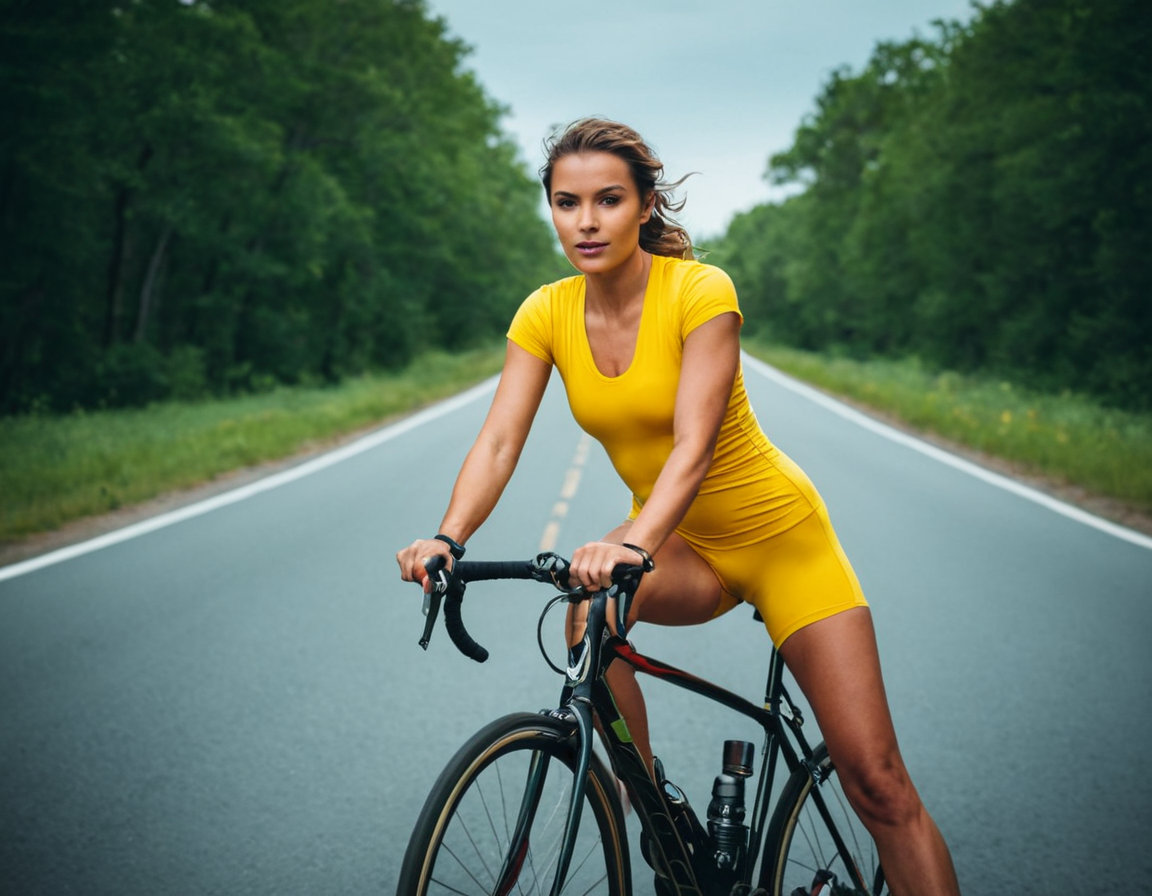Shutter Speed Secrets for Dynamic Shots

Shutter Speed 101: How to Use Speed to Create Motion, Blur, and Artistic Effects in Photography
In the world of photography, shutter speed is a fundamental aspect that can make or break an image. Understanding how to harness its power is crucial for capturing the desired effect, whether it’s freezing motion, creating artistic blur, or conveying a sense of movement. In this article, we’ll delve into the world of shutter speed, exploring its basics, effects, and practical applications.
The Basics of Shutter Speed
Before we dive into the creative aspects, let’s start with the fundamentals. Shutter speed refers to the length of time the camera’s shutter is open, measured in seconds or fractions of a second. A fast shutter speed (e.g., 1/1000th of a second) allows less light in, while a slow shutter speed (e.g., 30 seconds) lets more light in.
Understanding Shutter Speed Effects
Shutter speed has a profound impact on the outcome of your images. Here are some key effects to consider:
- Freezing Motion: Fast shutter speeds can capture sharp images of moving subjects, preventing blur and preserving details.
- Creating Blur: Slow shutter speeds can produce artistic blur, conveying movement or emphasizing textures.
- Artistic Effects: Manipulating shutter speed in conjunction with other camera settings (e.g., aperture, ISO) can create unique, creative effects.
Practical Applications
Now that we’ve covered the basics and effects, let’s put theory into practice:
Example 1: Freezing Motion
Let’s say you’re photographing a moving car. You want to capture its sharp image without any blur. In this scenario, using a fast shutter speed (e.g., 1/1000th of a second) is essential.
from picamera import PiCamera
# Set up the camera
camera = PiCamera()
Example 2: Creating Blur
Imagine you’re capturing a nighttime scene with city lights. You want to emphasize the movement and blur of the lights. In this case, using a slow shutter speed (e.g., 30 seconds) can help achieve the desired effect.
from picamera import PiCamera
# Set up the camera
camera = PiCamera()
Example 3: Artistic Effects
For a more creative approach, experiment with combining different camera settings and shutter speeds to produce unique effects. This might involve using a polarizing filter or shooting through moving water.
from picamera import PiCamera
# Set up the camera
camera = PiCamera()
Conclusion
Mastering shutter speed is an essential skill for photographers looking to expand their creative capabilities. By understanding its effects and applying it in practical situations, you can take your photography to the next level. Remember to experiment with different techniques and settings to find what works best for you and your art.
Call to Action:
Experiment with different shutter speeds and camera settings to create unique, artistic effects in your own photography. Share your work and learn from others in the community.
Tags
shutter-speed-basics motion-blur-effects photography-technique creative-lighting-with-shutter artistic-movement-capture
About Teresa Gomez
Photography enthusiast & blogger Teresa Gomez shares her expertise on inspiring photography techniques, tutorials, and tools to help creatives elevate their craft at lentecreativa.com.
